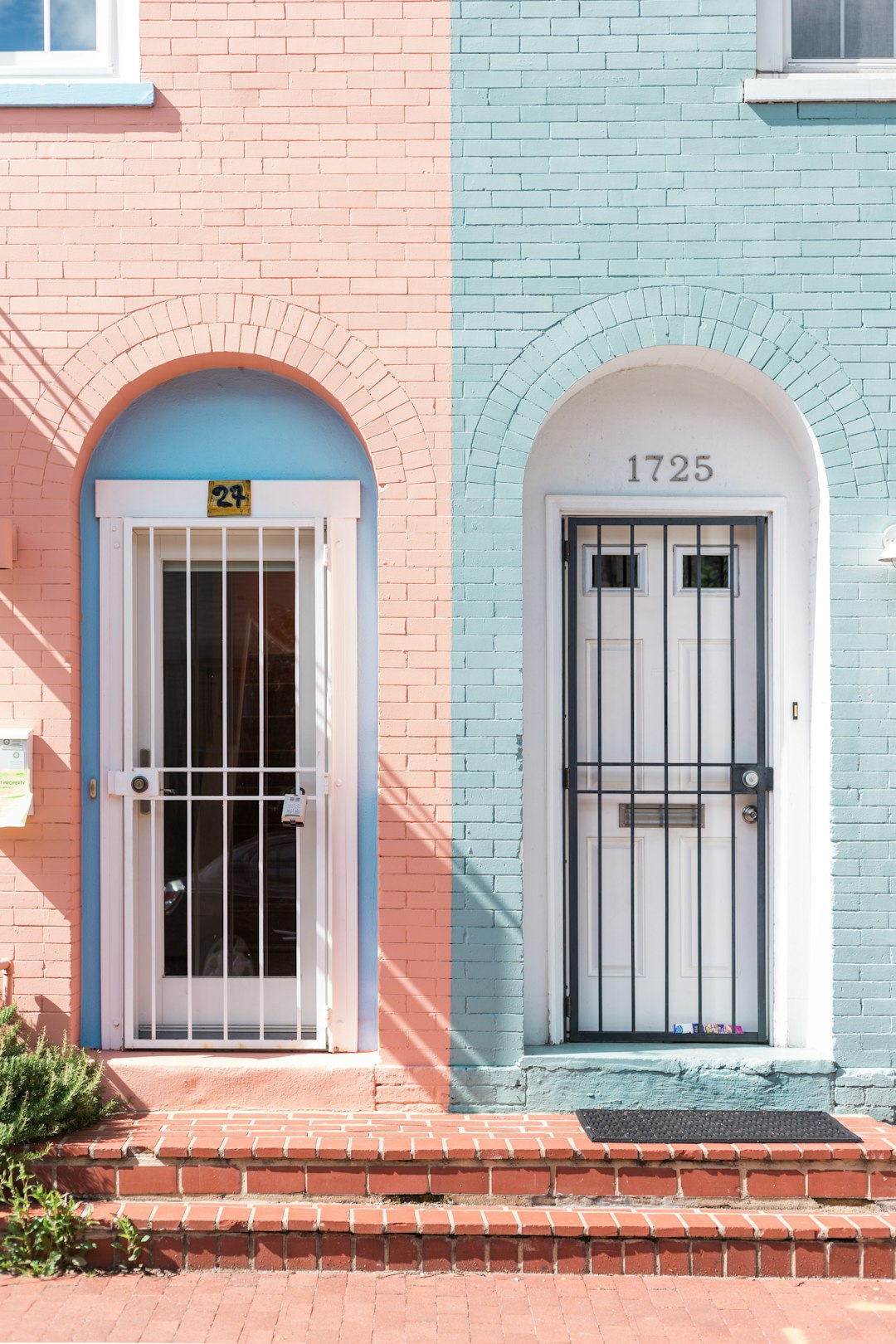Sustainable Home Design: Eco-Friendly Practices for a Greener Future
As concerns about climate change and environmental sustainability continue to grow, more and more people are looking for ways to make a positive impact on the planet. One area where individuals can make a significant difference is in the design and construction of their homes. Sustainable home design incorporates eco-friendly practices that not only reduce energy consumption but also create a healthier and more comfortable living environment.
One of the key elements of sustainable home design is energy efficiency. By using energy-efficient appliances, insulation, windows, and lighting, homeowners can significantly reduce their carbon footprint and save money on utility bills. Energy-efficient appliances consume less electricity, while proper insulation helps to keep the indoor environment at a comfortable temperature without over-reliance on heating and cooling systems. Additionally, energy-efficient windows prevent heat loss during the winter and minimize heat gain during the summer. LED lighting, on the other hand, uses significantly less energy and has a longer lifespan than traditional incandescent bulbs.
Another important aspect of sustainable home design is water conservation. Installing low-flow faucets, showerheads, and toilets can significantly reduce water usage. Additionally, rainwater harvesting systems can collect rainwater from roofs and store it for later use in irrigation or non-potable water applications, reducing the need for treated water. Using native plants in landscaping can also greatly reduce water consumption, as they are adapted to the local climate and require less irrigation.
Materials used in construction also play a crucial role in sustainable home design. Using recycled and reclaimed materials reduces the demand for new resources and helps to prevent waste. Additionally, choosing sustainable materials such as bamboo, cork, or reclaimed wood flooring can also have a positive impact on indoor air quality, as these materials emit fewer toxic chemicals compared to their conventional counterparts. Moreover, green building certifications, such as LEED or ENERGY STAR, can help homeowners make environmentally-conscious choices by ensuring that their homes meet certain sustainability standards.
Beyond these measures, sustainable home design also emphasizes the use of renewable energy sources. Installing solar panels on roofs can offset a significant portion of a home’s energy consumption by capturing the sun’s energy and converting it into electricity. This not only reduces reliance on fossil fuels but also provides homeowners with clean and renewable energy.
In conclusion, sustainable home design is a vital step towards a greener future. Incorporating energy-efficient practices, water conservation strategies, and using sustainable materials and renewable energy sources help create a healthier, more environmentally-friendly home. By making conscious choices in the design and construction process, individuals can positively impact both their personal lives and the planet as a whole. Let’s embrace sustainable home design to pave the way for a more sustainable and greener future.

